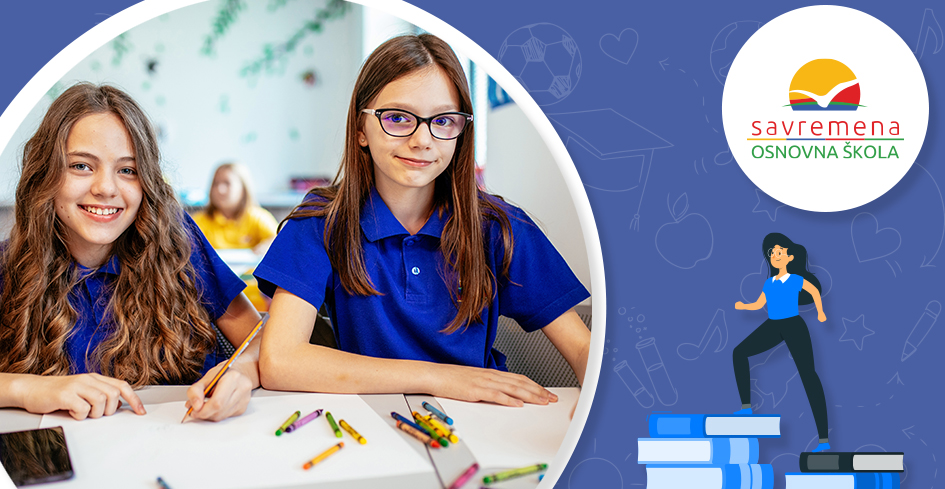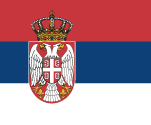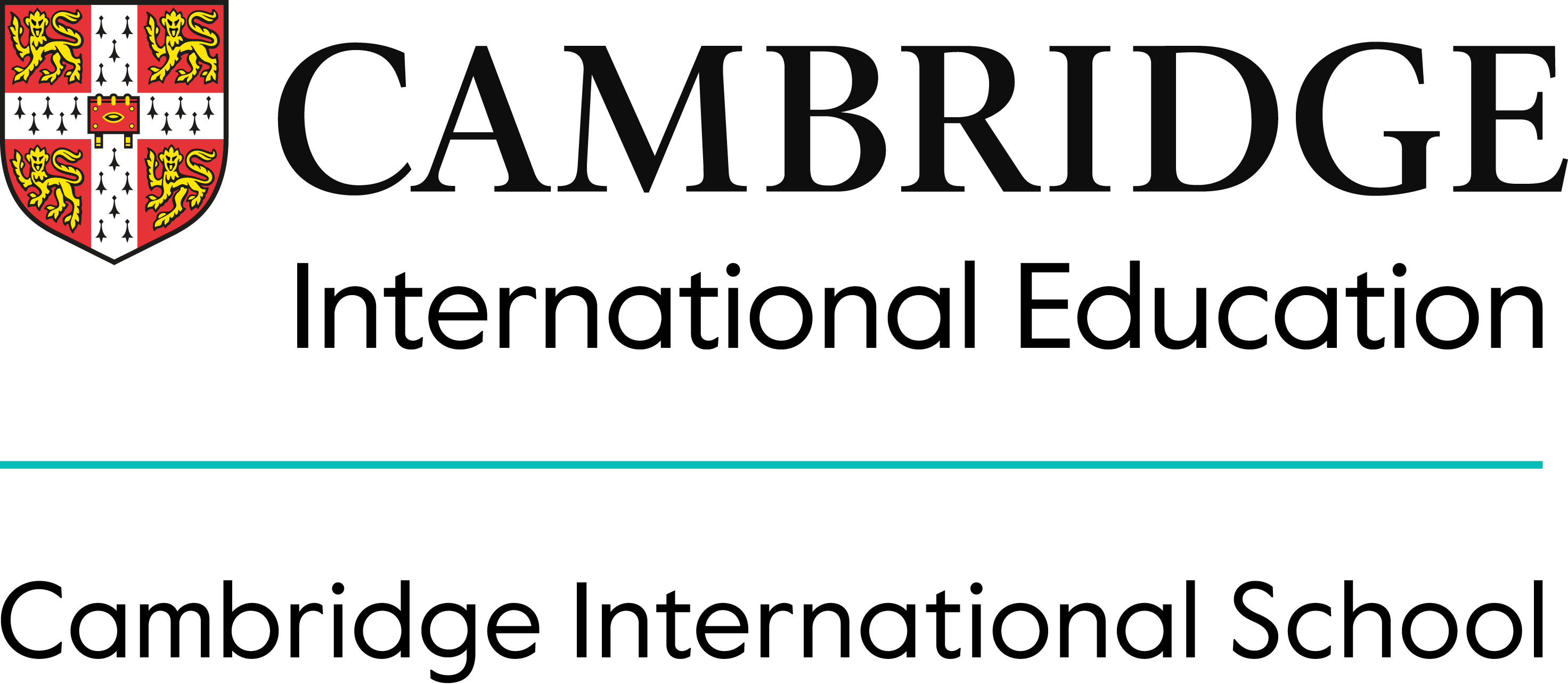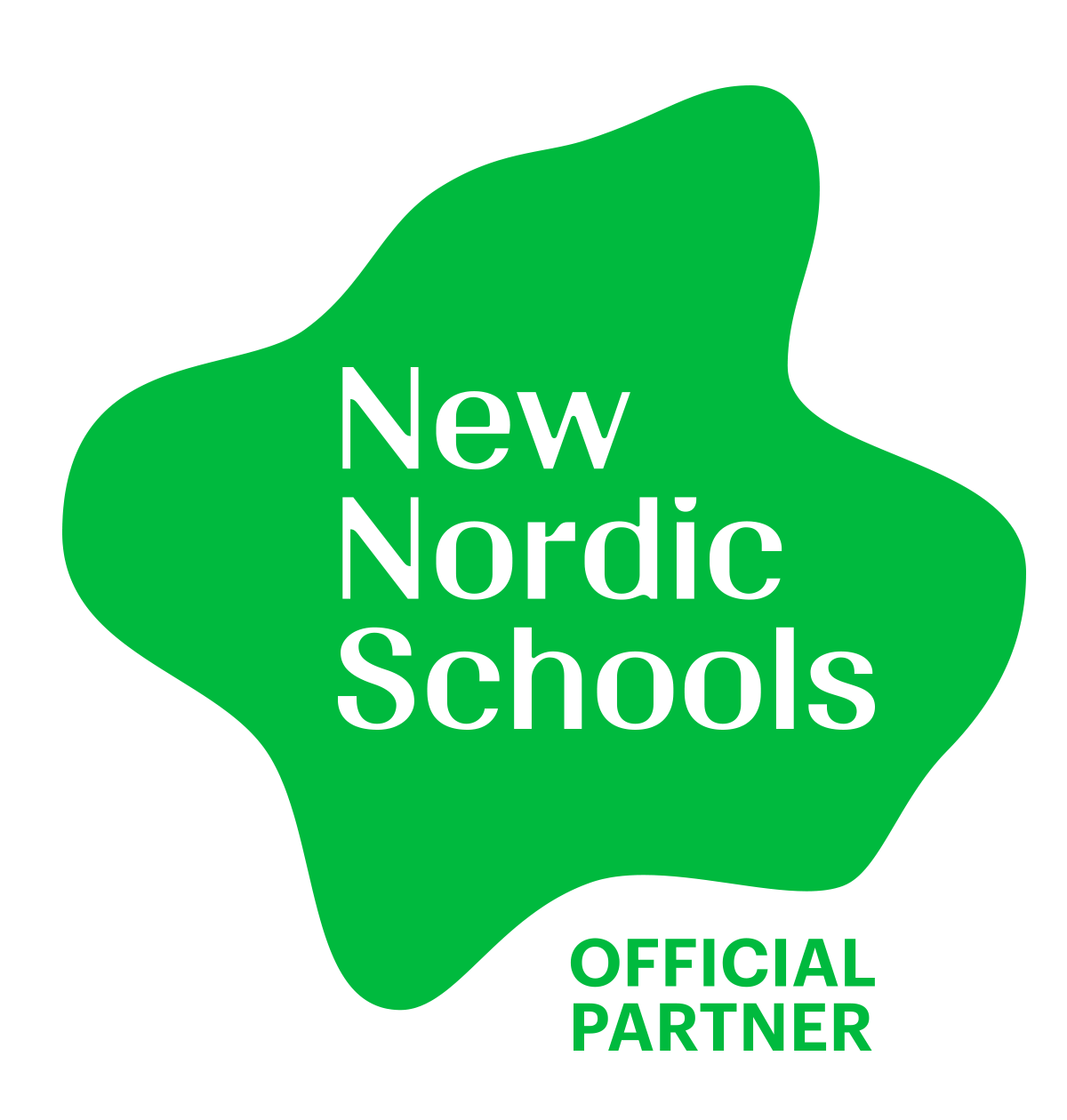
Celebrating National Book Day and National Library of Serbia’s anniversary
linkadmin / / Blog, I-IV, Kombinovani, Nacionalni, Uncategorized, V-VIII / March 11, 2022
Celebrating National Book Day and National Library of Serbia’s anniversary
Savremena’s students enjoy reading books
A book can serve as a vehicle that takes us on a long adventure, destination unknown. It can be a friend, an inspiration, a teacher. Savremena’s students love to read books and discuss them. On 28 February, they celebrated the National Book Day in their Serbian language lesson.
Na časovima srpskog jezika i književnosti učenici sedmog razreda razgovarali su o značaju biblioteka u savremenom digitalnom svetu. Učenici su se izjašnjavali o tome koliko čitaju i gde najčešće nabavljaju knjige. Budući da su Savremeni osnovci digitalno pismeni, neretko koriste digitalna izdanja udžbenika, ali i lektiru čitaju sve više u digitalnoj formi.
Na času srpskog jezika i književnosti posvećenom Nacionalnom danu knjige i danu Narodne biblioteke, učili su na koji način je najbolje pristupati digitalnom fondu Narodne biblioteke Srbije, koji je izuzetno bogat.
Za one koji su želeli da znaju više o Narodnoj biblioteci Srbije, nastavnica je donela i monografiju znamenitog istoričara Dejana Ristića ,,Kuća nesagorivih reči: Narodna biblioteka Srbije 1938-1941”, koju su učenici prelistavali i čitali o bogatoj istoriji ove znamenite ustanove. Ujedno su i komentarisali koji tip čitanja im najviše odgovara, sa knjigom u ruci ili tabletom.
Učenička iskustva su podeljena, ima onih koji vole da osete ,,miris papira” kako kažu, ali i ima i onih koji vole digitalne platfome upravo zbog njihove stalne dostupnosti.
SAVREMENI UČENICI RAZVIJAJU LJUBAV PREMA ČITANJU
In Serbian language and literature lessons, seventh-graders discussed the importance of libraries in the contemporary digital world. The students talked about how much they read and where they usually get books. Since Savremena’s students have a high degree of digital literacy, they often use digital editions of their textbooks, but they also tend to read fiction in digital form more and more.
In Serbian language and literature lesson dedicated to the National Book Day and the anniversary of the National Library of Serbia, they learned about the best way to access the quite comprehensive digital bibliography of the National Library of Serbia.
For those who wanted to learn more about the National Library of Serbia, the teacher brought the monograph by acclaimed historian Dejan Ristić “The house of unburnable words: National Library of Serbia 1938–1941”, and the students flipped through it and learned about the rich history of this renowned institution. They provided their own input regarding what type of reading suits them more – with an actual book in their hands or using an electronic device.
The students offered different perspectives: there are those who, as they say, like to “smell the paper”, but there are also those who prefer digital platforms, because of their constant availability.
SAVREMENA’S STUDENTS’ GROWING LOVE FOR READING
At Savremena, in addition to following the curriculum of each subject, it is important to ensure that students cultivate a wide cultural sense that is directly related to what they are learning, and lessons like this play an important role.
Serbian language and literature lessons dedicated to discussing books are especially suitable to new methods of covering new knowledge and evaluating what has been learned. Especially when these discussions are about books as interesting and splendid as “The Muddy Horse” by Vesna Aleksić, which is covered in the 7th grade.
“The Muddy Horse” deals with Slavic mythology in an interesting way, accessible to children. The book is divided into 12 chapters – one for each month of the year. It describes the annual cycle of life, beliefs, traditions and rites of early Slavs. Each month of the year was “governed” by a different god, and worshipping it, the Slavs, in fact, expressed how in tune they were with nature.
The end result of this class was the shared creation of the “Slavic Calendar”, made from students’ works. Students were instructed to read the story referring to the month when they were born, and form groups accordingly. Each group was instructed to present the month when they were born, i.e. the corresponding story in the book, in a creative and interesting way.
In this way, the sixth-graders checked their knowledge of mythology gained from the book, explored a bit online, and had good, fun time together. All works were united under a custom-designed cover.
As a possible source of motivation and assistance with developing their own ideas, the students used short animated clips about Slavic deities from YouTube channel Lug Velesa.
Serbian language and literature lessons are always enjoyable!




